May 2011
28th. I'm kicking myself for not going to see the red-footed falcon that showed so well at Ham Wall earlier in the week. It's the time of year when exam marking leaves little time for anything else. I got there today, and saw bitterns (5 birds in 5 mins), 3 hobbies, a garganey drake and a nice singing male garden warbler. Several stock doves passed over. There were very few dragonflies on the wing in couldy, damp conditions so maybe the falcon is still lurking somewhere - it was seen the day before. Next day I saw huge numbers of four-spotted chasers and the drake ring-necked duck.
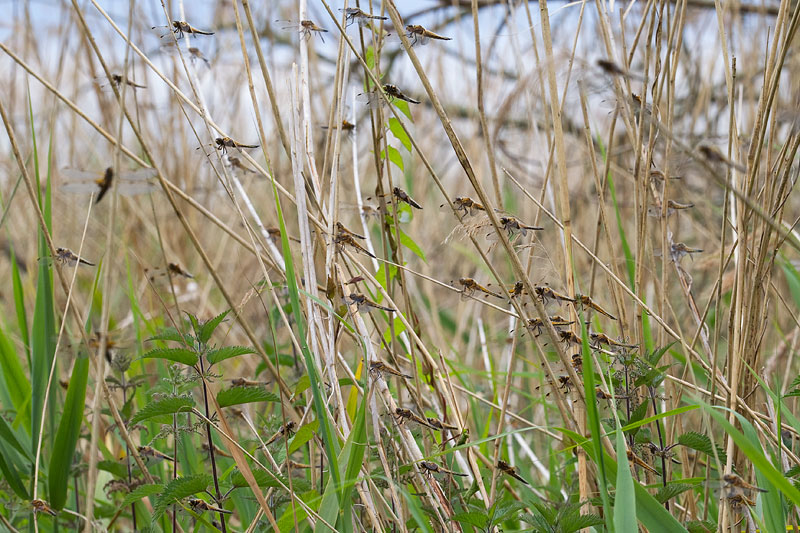
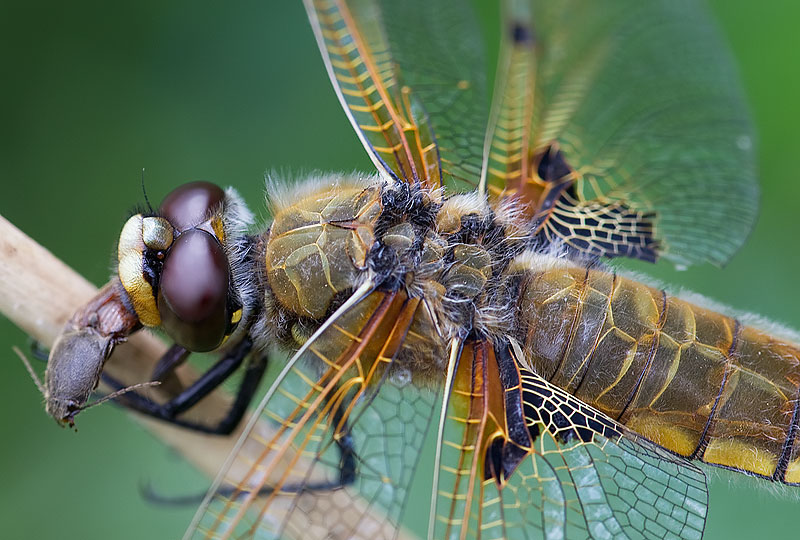
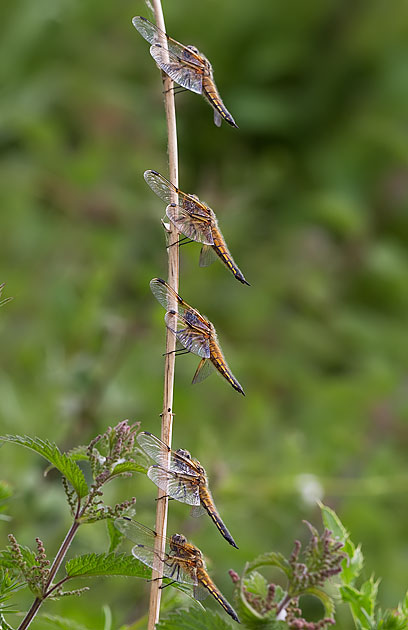
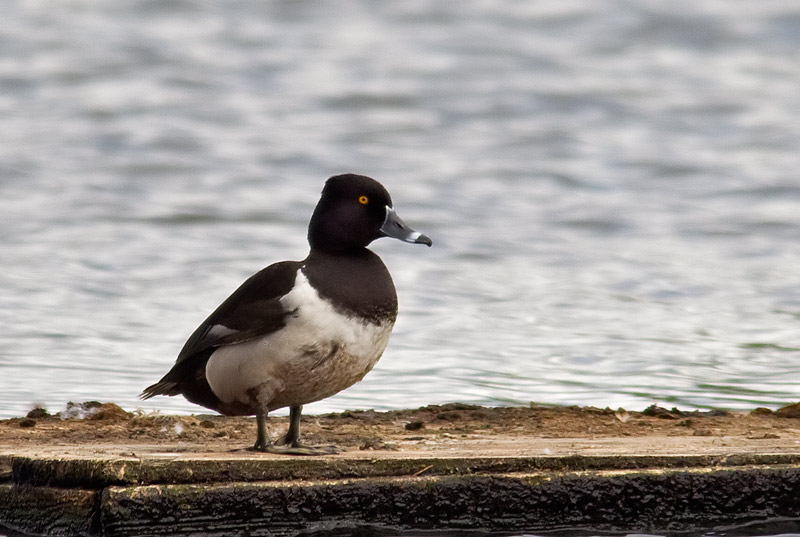
21st. GB Gruffy Reserve in the Mendips. There's a nice patch of adder's tongue ferns here. Left hand photo is one of the last taken by my little Nikon S5100 - the screen cracked the next day on a trip to relatives. I wasn't impressed with the build quality, or the flash, but otherwise it was a nice toy.
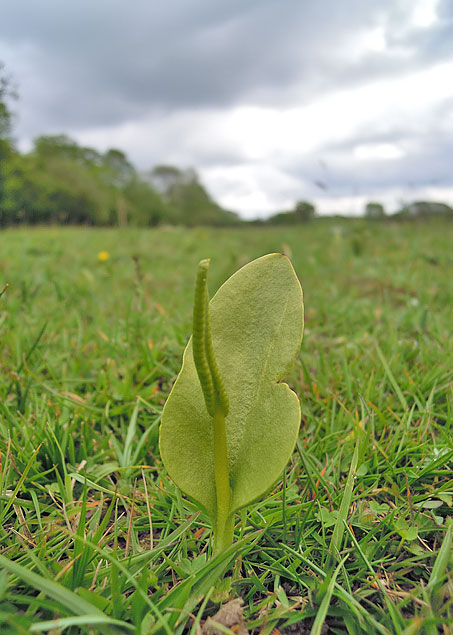
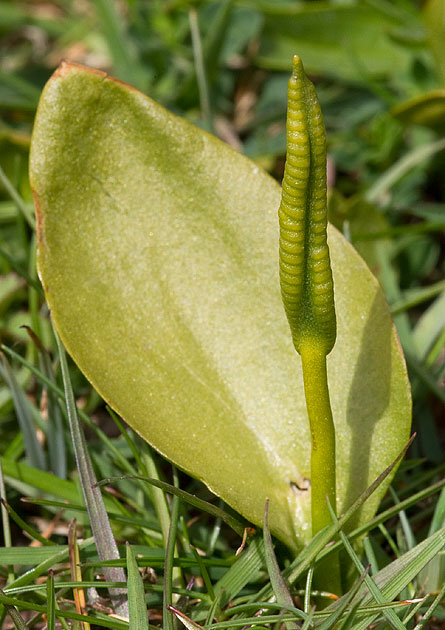
Freshly emerged common blues were on the wing, as were chimney sweeper moths. It's only possible to photograph these moths using manual focus - they must be able to hear the ultrasound produced during autofocus, as they fly as soon as the shutter is gently pressed. I also saw a fast-flying diurnal hawk moth - from the abdomen pattern I think it was a broad-bordered bee hawk moth - these have been recorded here before. Hornet in our garden too.
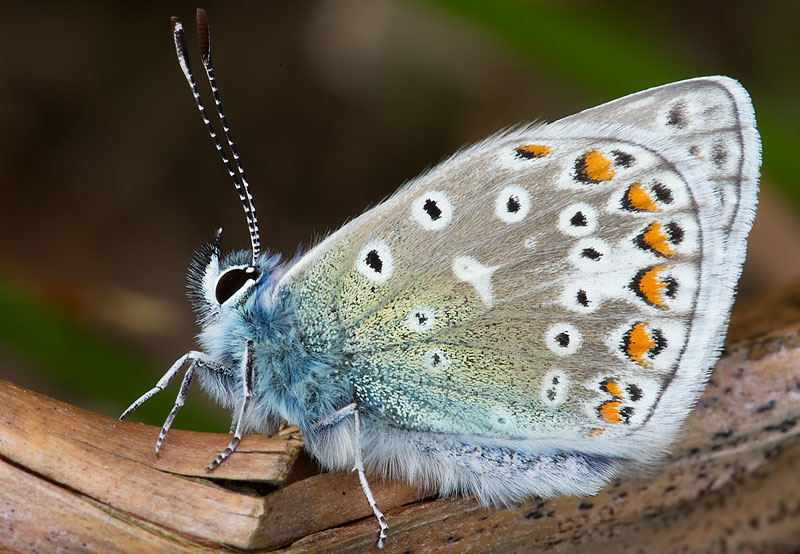
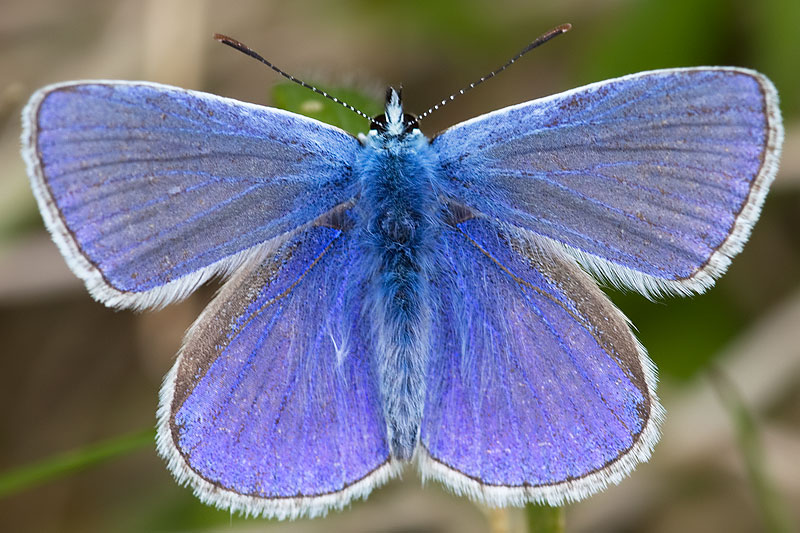
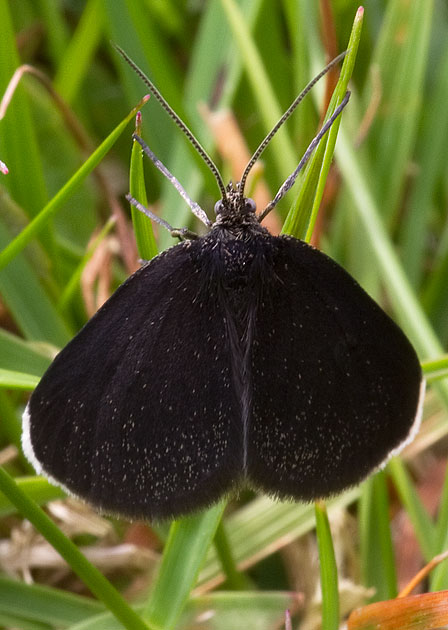
20th - Teign Valley to visit a grey long-eared bat roost studied by my PhD student Orly Razgour. The grey long-eared bat is rare in Britain, and can be difficult to separate from the much commoner brown long-eared bat. The identity of these individuals has been verified by DNA analysis.
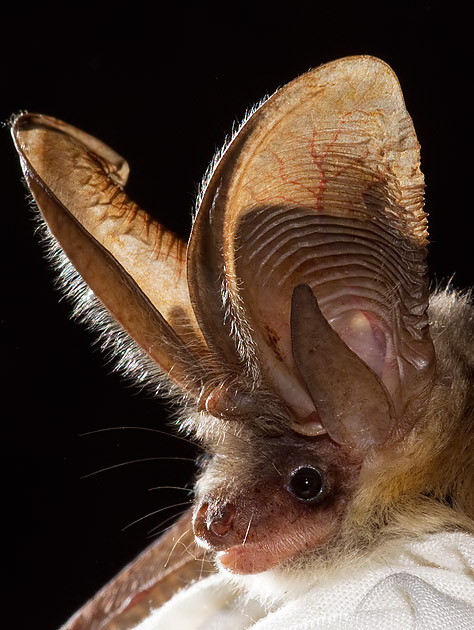
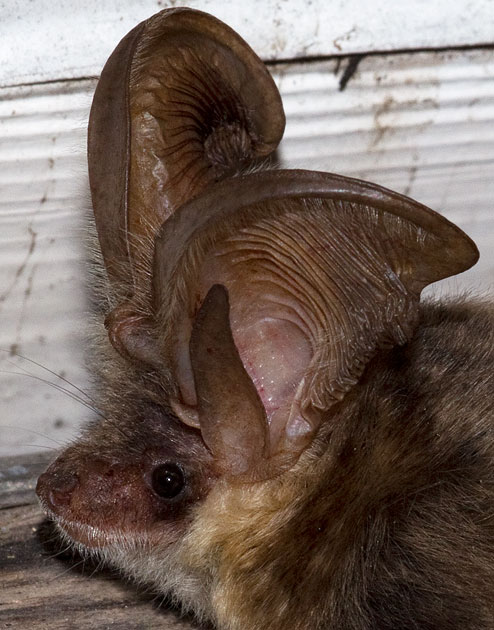
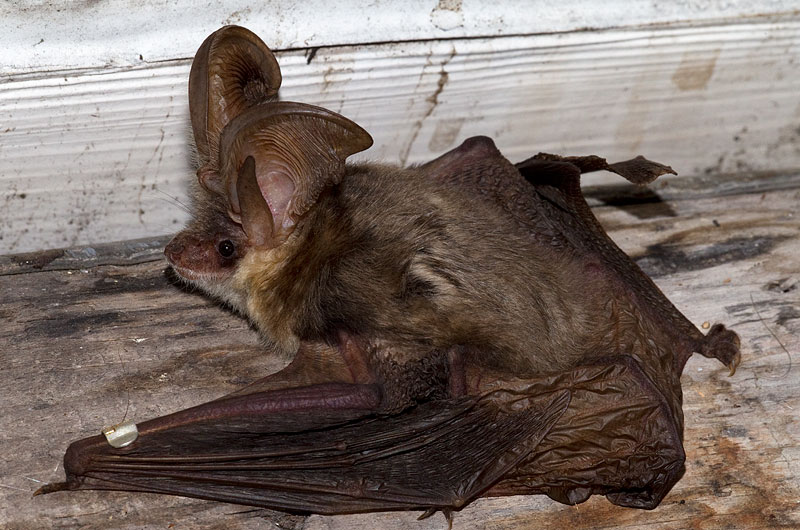
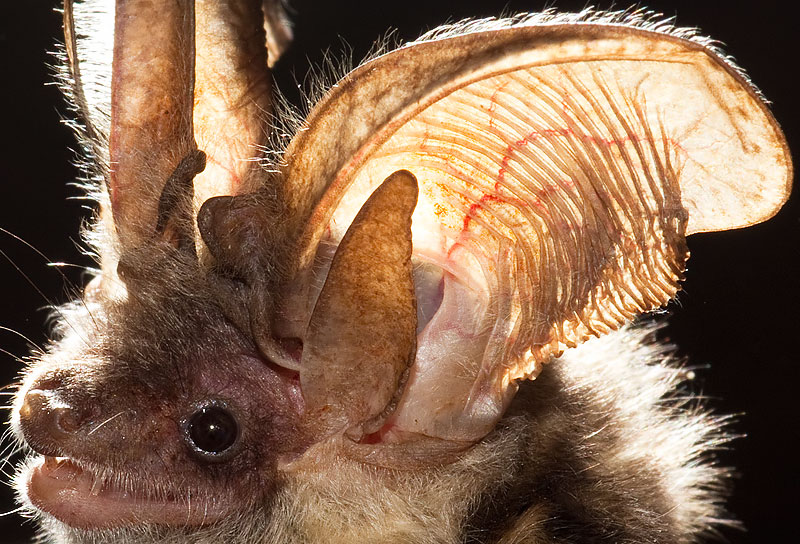
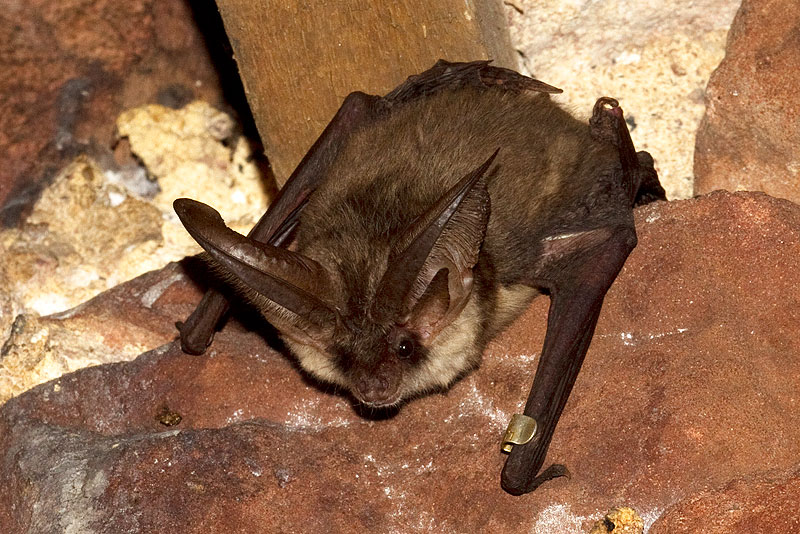
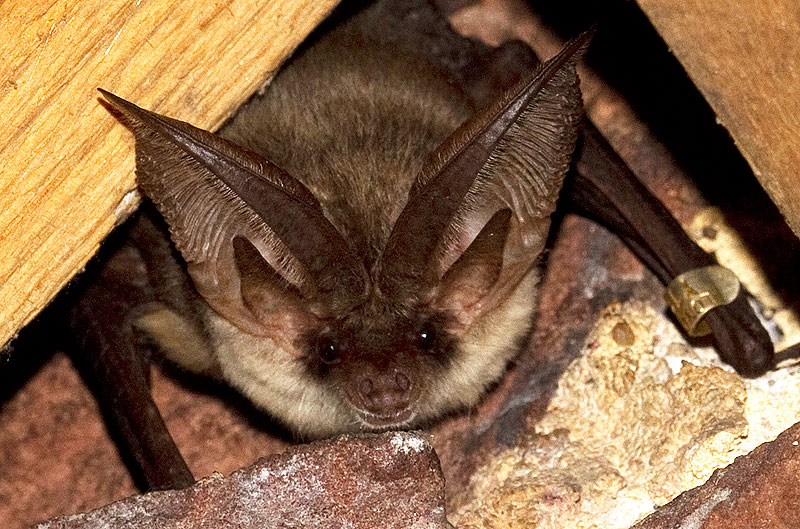
15th - late morning at Priddy mineries. Insects included small pearl-bordered fritillaries and forester moths. Photos below are of a larva of a bloody-nose beetle, red and black froghopper and wood tiger moth (female). In the afternoon I heard a cuckoo at GB Gruffy reserve in the Mendips.
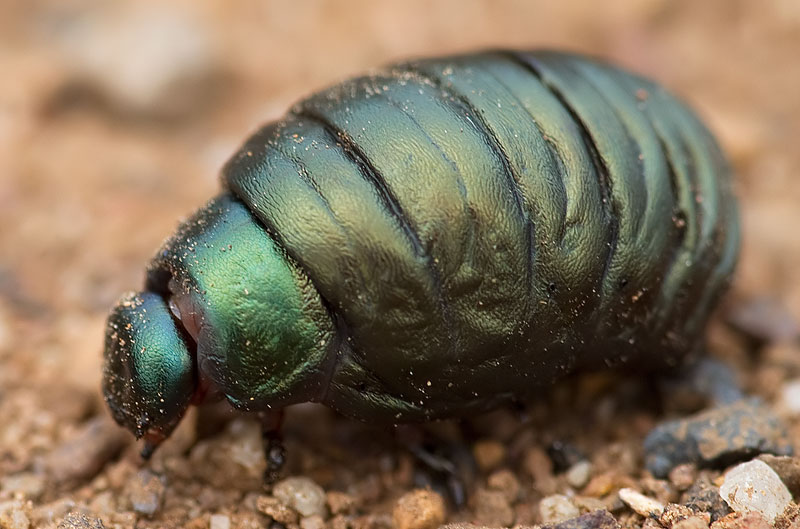
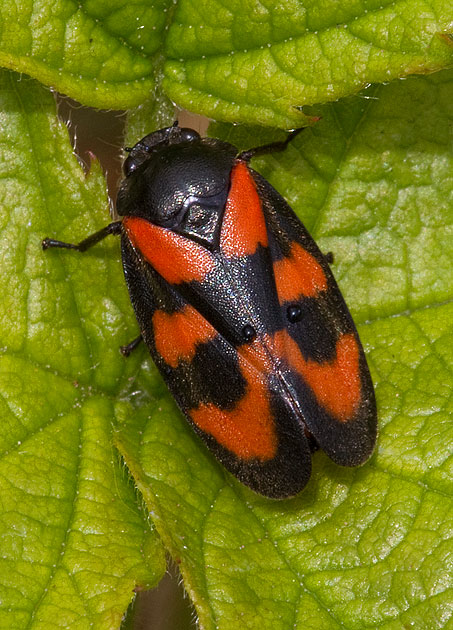
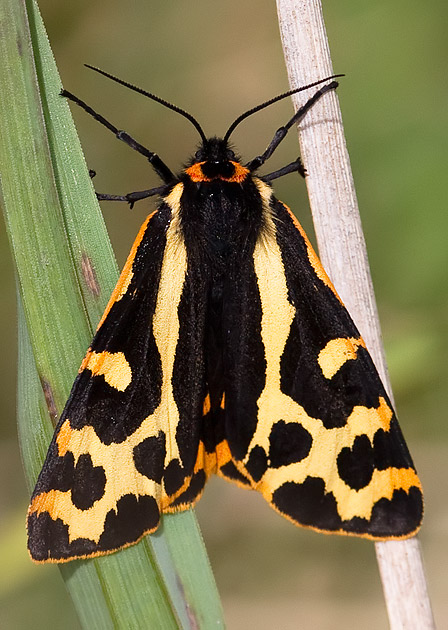
8th - an enjoyable morning at Chew Valley Lake - drake ring-necked duck and ferruginous duck on Herriot's Pool, and a sanderling at Heron's Green Bay. About 50 swifts present.
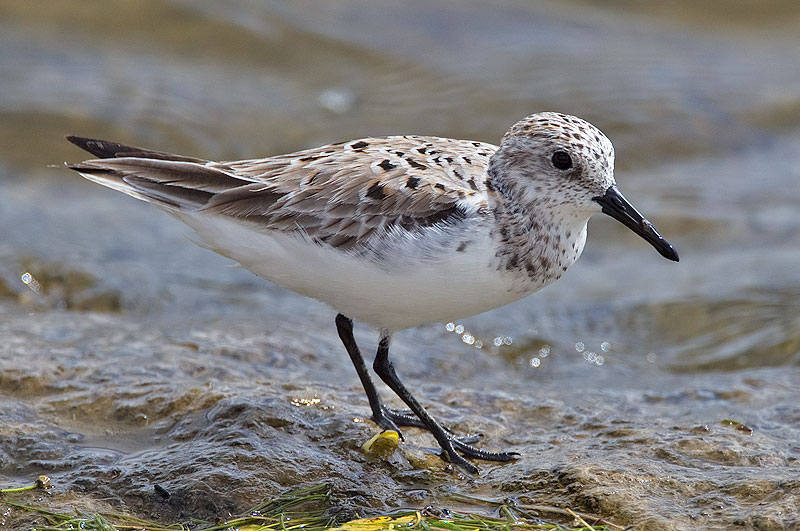
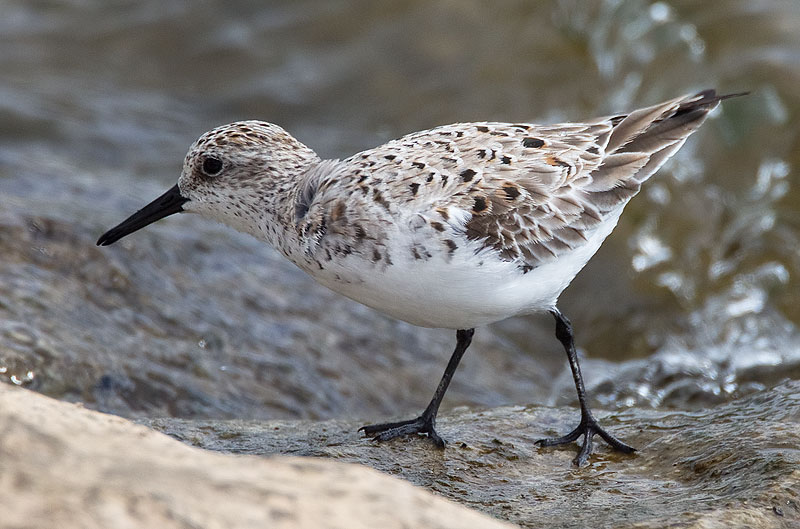
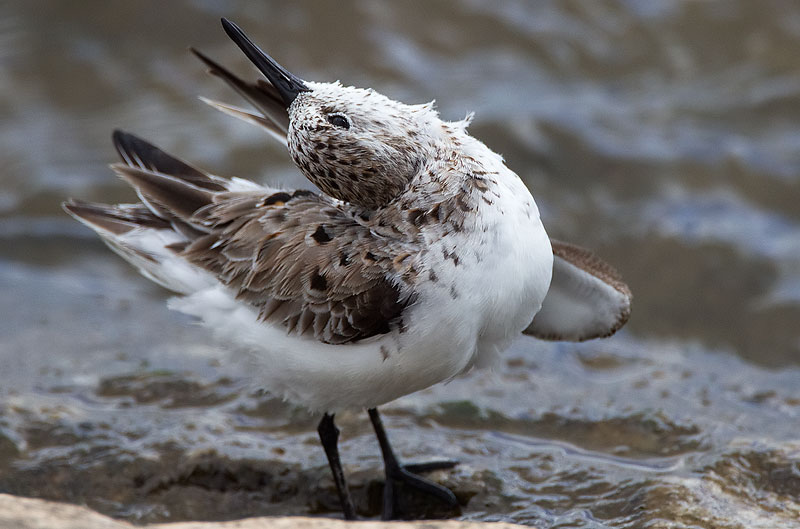
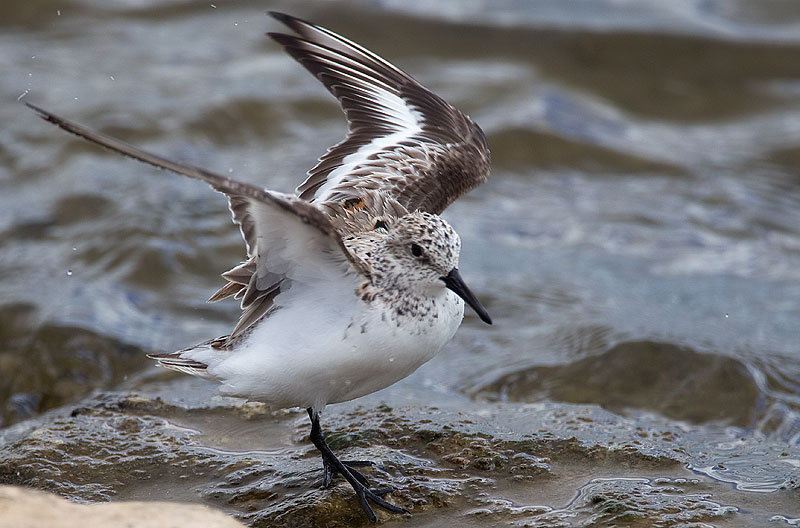
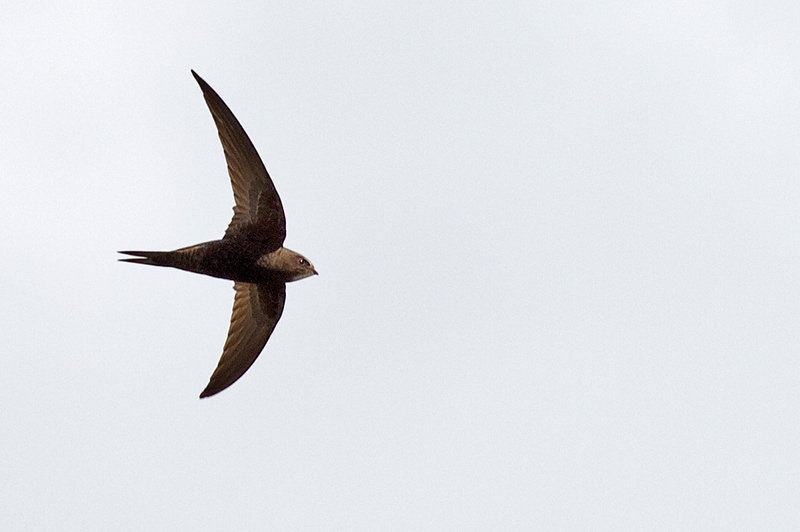
7th - Spotted flycatcher, Combe Martin, Devon.
2nd. I've only seen one dotterel before, in the Grampians when I lived in Scotland almost 30 years ago. So I went to see the pair at Cwm Cadlan, in the Brecon Beacons National Park in Upper Glamorgan. The male has a more streaked crown, less black on the belly and less prominent supercilia than the female. In the photos below it captures an insect larva.
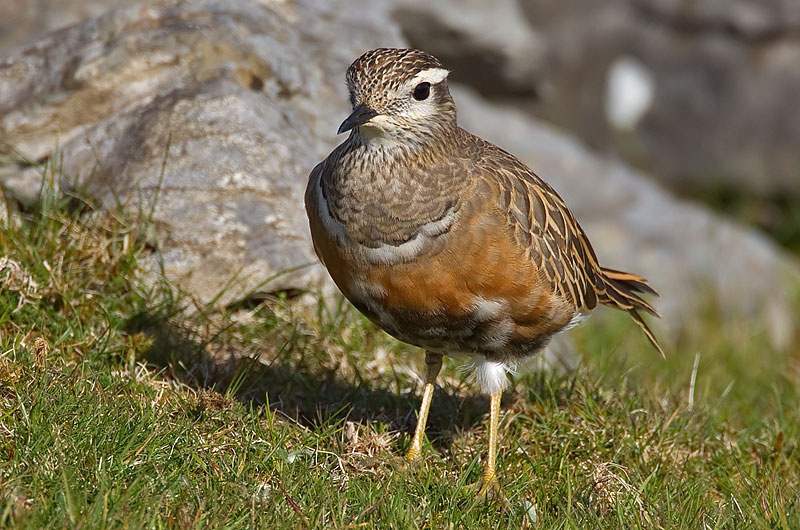
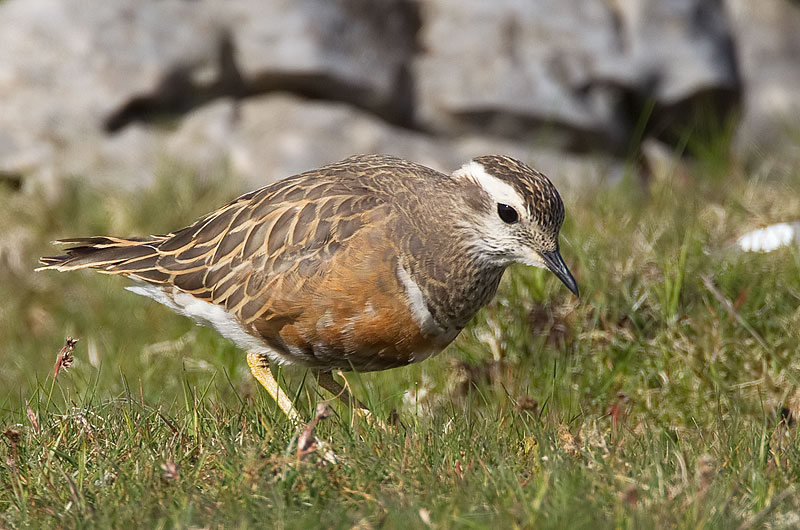
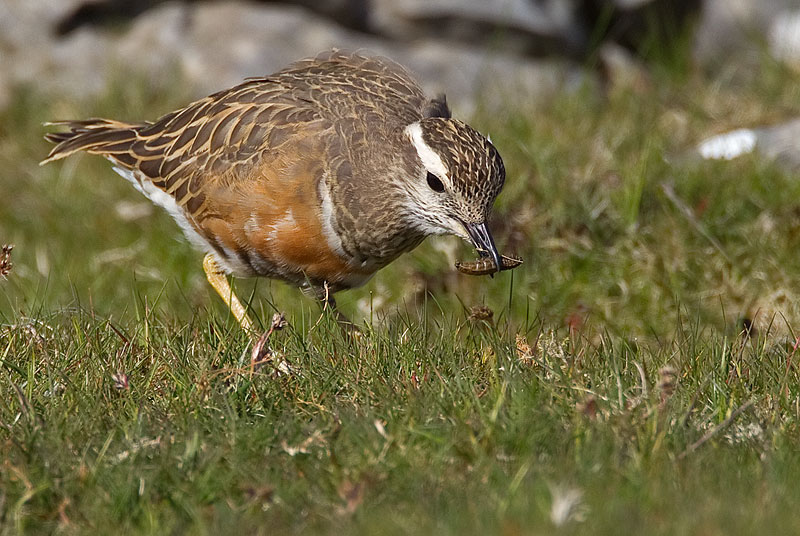
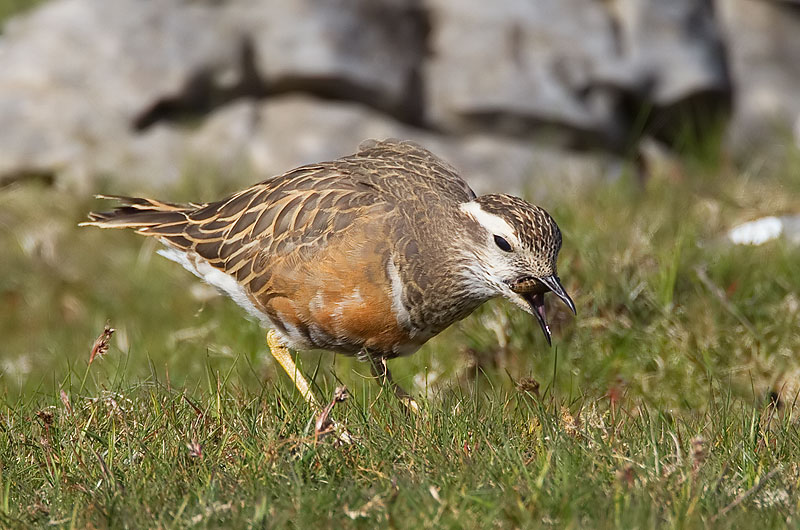
Dotterels show reversed sexual dimorphism, and the females are brighter and tidier birds. Parental care is usually performed by the male. Female below.
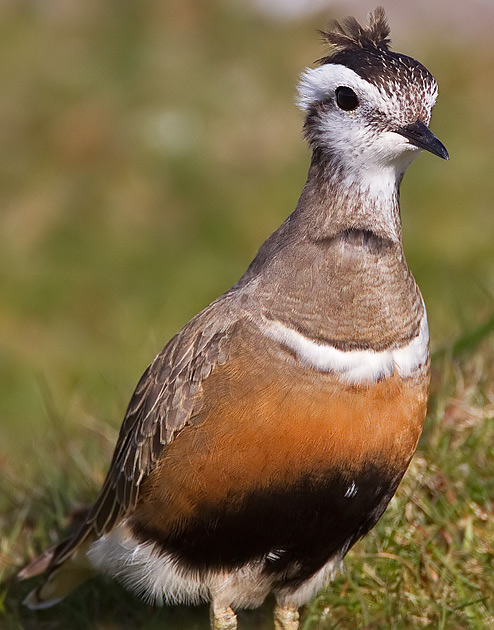
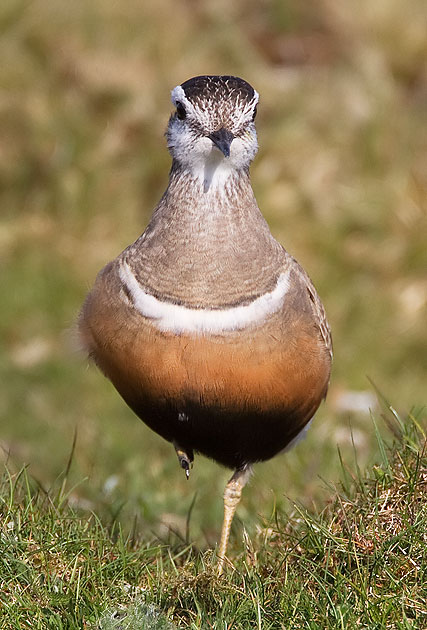
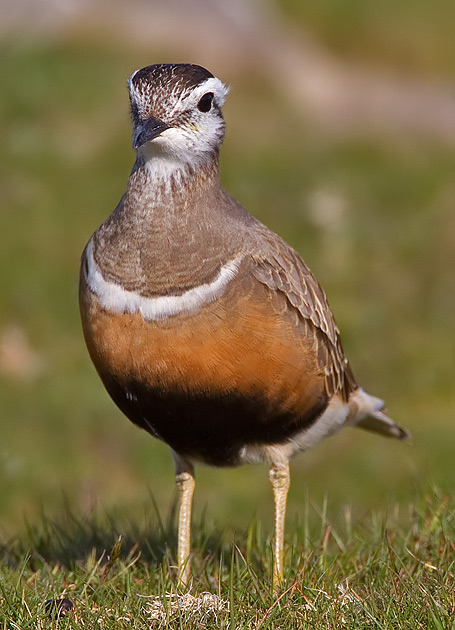
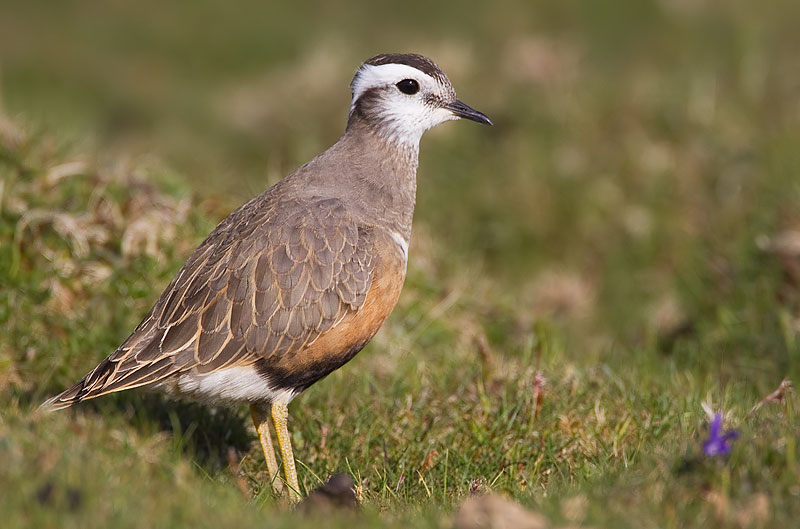
The current craze in the Rhondda is to set moorland on fire. There have been over 400 grass fires in Rhondda Cynon Taf already this year, and one in the Brecon Beacons had a 10-mile front. I hate to think how many breeding birds have been disturbed.
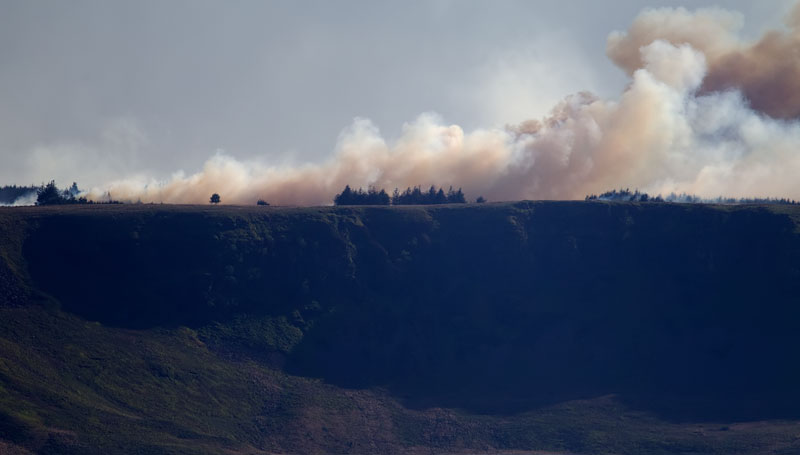
1st - an evening trip to Severn Beach - 2 sanderling with the dunlin. Then at New Passage I saw a swift, a yellow wagtail, 2 wheatear, about 200 bar-tailed godwit, and 2 lesser whitethroat. On the way home I saw my first tawny owl of the year perched on a 40mph sign in Failand.











